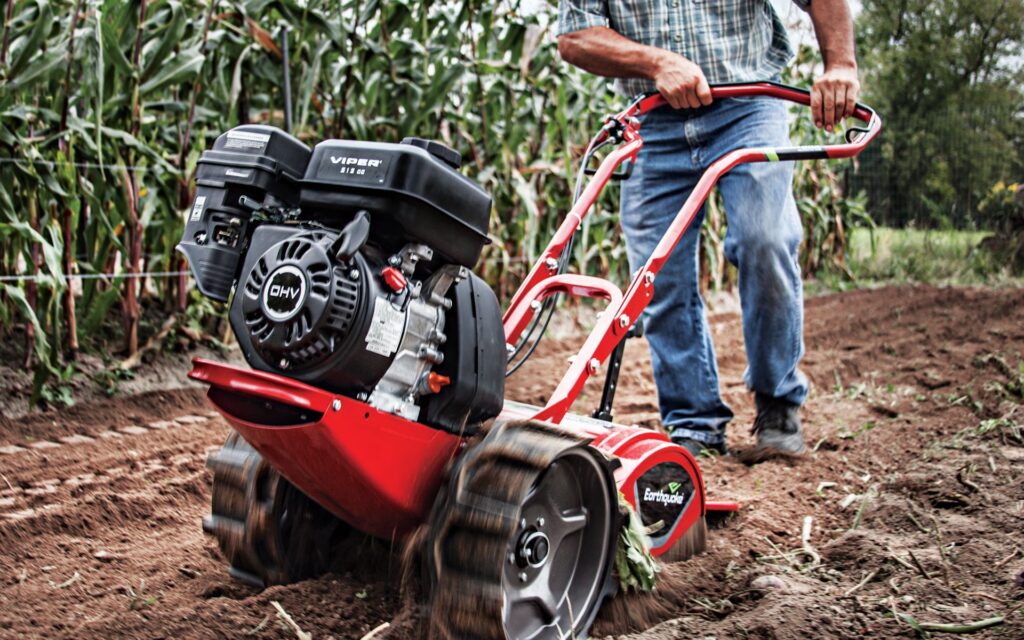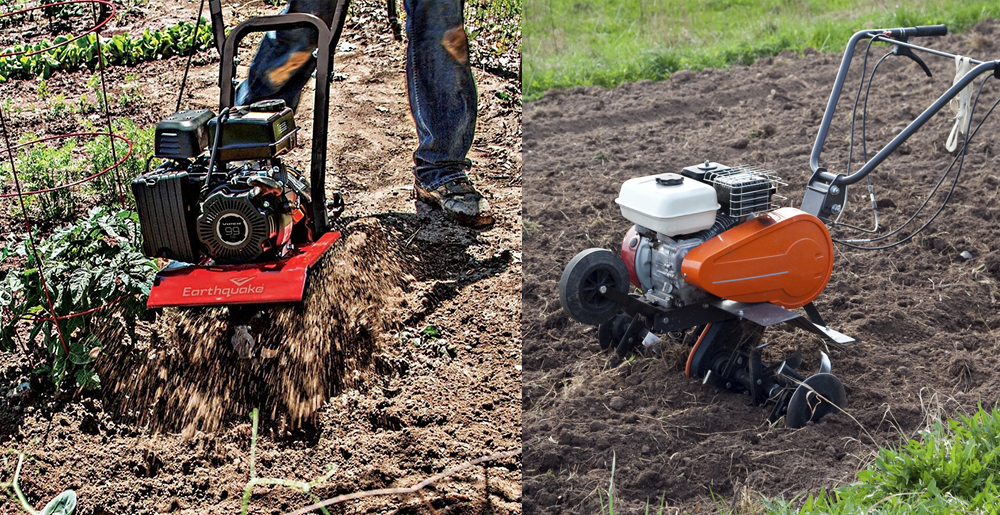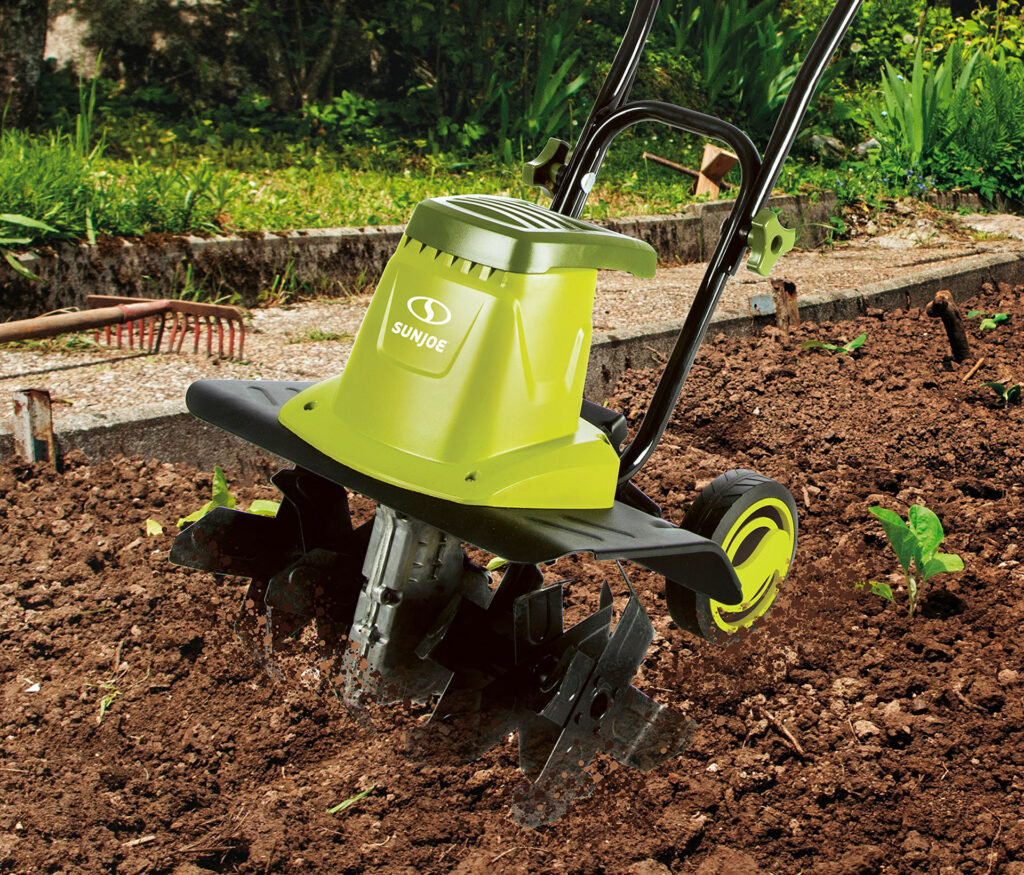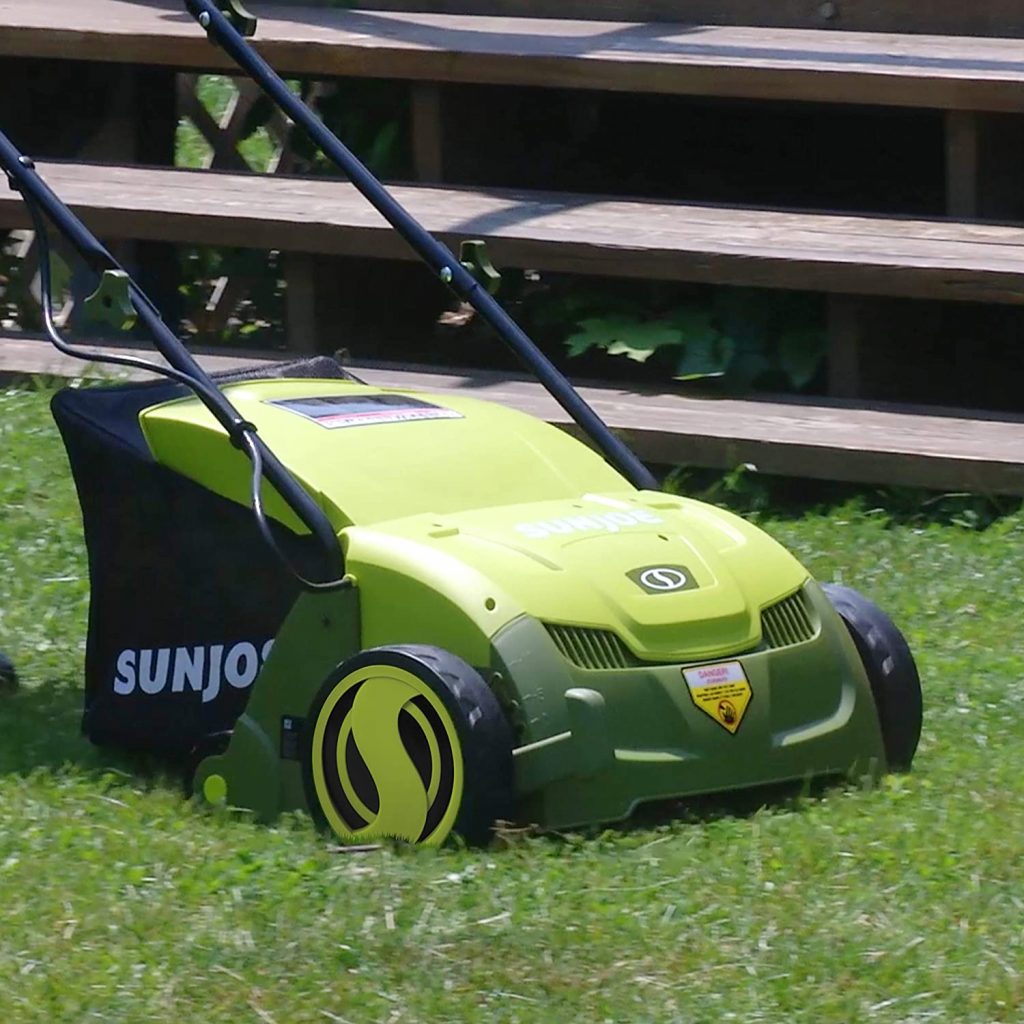
While it’s true that everything that has good sides also has its bad sides, the discrepancy between the upsides and downsides of tilling has always been controversial. And, the debate over this discourse remains a trending topic to discuss. Why is tilling bad?
If tilling is regarded as bad, should I switch to the no-till method in my garden or stick to using a rototiller? Actually, it’s essential that you have a clear understanding of what tilling is and what it does before getting quality answers to these questions. The truth of the matter is, tilling isn’t completely bad. And on the other hand, it isn’t completely good either, even though it can help improve soil quality, and it’s a great way to get your garden beds started quickly.
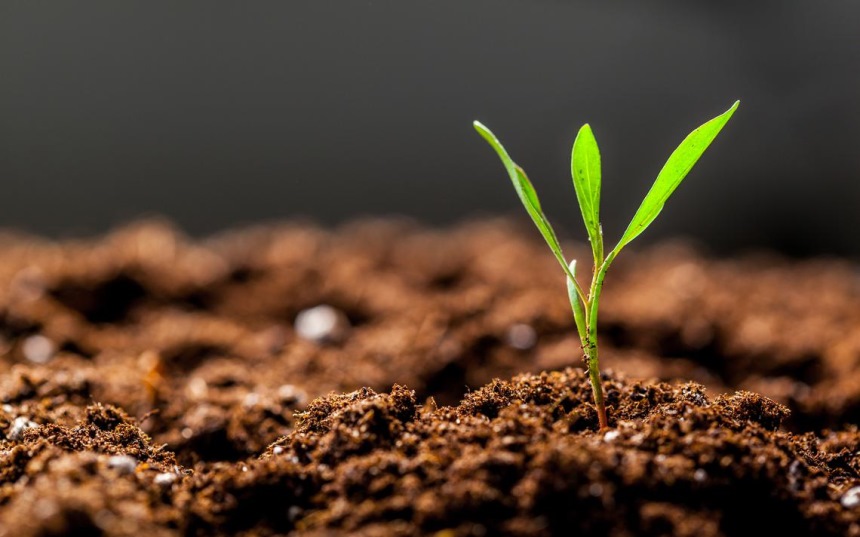
Tilling can be pretty beneficial in different ways. For example, tillage can be helpful in turning over cover crops, burying crop residue, leveling the soil, weed suppression, and incorporating compost or fertilizer. It can also be used for seedbed preparation and aerating the soil. In fact, with a tool like Earthquake VERSA Front Tine Tiller, tilling can be more fun and less stressful.
Nevertheless, you should take note that you’re likely to damage the soil in the long run if you till excessively. Thus, be aware that tilling can cause a reduction in crop residue, encourage soil erosion and runoff, and also cause disruption and fracture of the soil structure.
Most times, problems result from tillage when it’s frequently done. In fact, some gardeners don’t just do this when it’s unnecessary; they can also be very excessive about it. So, it’s recommended that you only till properly and appropriately.
Whether you’re a gardener or a farmer, there’s a high chance that when you want to plant, you won’t just go ahead and plant straight away; there are some activities you’re likely to engage in beforehand. And, tilling is usually one of these practices. And, why should you consider tilling? Tilling does have its array of benefits it fetches, and they include:
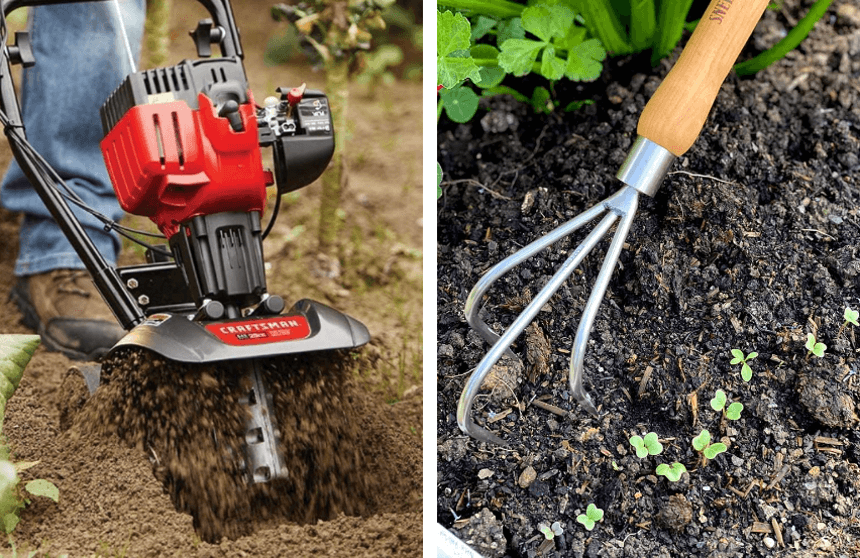
To ensure that your soil stays healthy throughout the season, one garden practice that you should reckon with is tilling, and you may choose to use a rototiller, make use of your hand, or get a nice heavy-duty hand tiller.
As a gardener, soil balancing and aerating are the two principal reasons you may want to consider tilling. Your plant roots can enjoy easy access to nutrients, water, and oxygen when the soil is well-aerated. Plus, you as well enjoy inculcating healthier, balanced soil when you practice tillage. You may also want to consider going for a tiller like the Powerhorse Mini Cultivator, which several users recommend because of its stunning features and easy usage.
Even though tilling poses an array of valuable benefits, it also has its few downsides. As earlier mentioned, continuous or excessive tillage can be very unhealthy. By the time you start tilling, you’ll, at first, realize how beneficial it is, but when you continue doing this, you’re likely to notice some defects.
Is tilling bad for soil? Here are a few reasons why it might be:
In accordance with Iowa State University Trusted Source Long-term tillage and crop rotation effects on soil, yield and economic returns | Iowa State University This study was conducted at seven locations in Iowa from 2003 to 2013 with the objectives to: investigate seasonal variability in corn and soybean yields as affected by tillage and crop rotation, identify appropriate tillage system for each crop rotation and location, and evaluate the magnitude of crop rotation effect on the yields and economic returns of both corn and soybean. lib.dr.iastate.edu , there’s a likelihood that these effects will become more worsened when you choose to continue tilling for years without taking a pause. Beyond all these downsides, another drawback that poses to be very worrisome is the possibility of developing a hardpan.
Your soil will not be able to accommodate microbial life and water freely when hardpan comes into the picture, and if you have crops with deep roots, it can cause very devastating effects. Usually water-resistant, hardpan takes its shield underneath the uppermost topsoil layer, and it’s a dense layer of soil.
Yes. Everything in life comes in two’s – the good and the ugly. So, to weigh your option and see what works better for you, let’s take a quick look at the upsides and downsides of tilling.
| PROS | CONS |
| It helps to balance the soil | Runoff can be increased, and water infiltration can be hindered |
| It aids in controlling weed growth | A shutdown of microbial activity could occur |
| It creates room for the soil to access needed nutrients, fertilizer, and compost | Soil structure may break down completely |
| It aids in aerating the soil | A hardpan may develop |
Now that you know the good and ugly sides of tilling the soil, you’ll definitely be curious to know if not tilling the soil would then be a better choice. Just as tillage has its array of benefits and downsides, take note that no-till gardening also has its good and bad sides too. And, you’ll get to know the two sides of this no-till gardening in the course of this article.
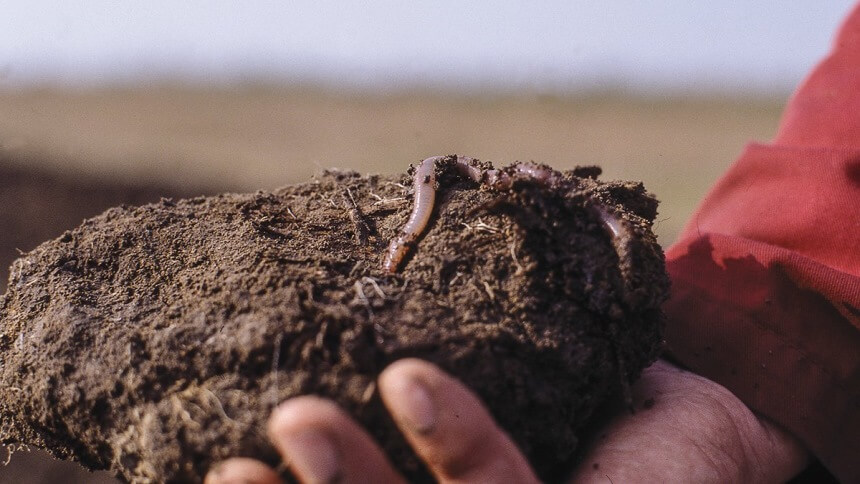
Let us face it; although tilling can have its good sides, it’s still a very strenuous task, especially if you don’t have an electric tiller that can make things easier for you.
So, what benefits do you stand to enjoy when you choose not to till? Here are some of them:
Despite the fact that not-tilling can be very relaxing as it saves your time and efforts, aside from its other advantages, it also has its few downsides. To start with, mastering the techniques of no-till farming can be pretty stressful because it does require patience and time. And, this learning curve is one of its major weaknesses.
Aside from the learning curve, these other two reasons may also discourage you from practicing no-till farming or gardening;
If you are considering not-tilling, do well to weigh your option carefully by looking at these upsides and downsides:
| PROS | CONS |
| The earthworm population will be strengthened | The learning curve can be nerve-wracking |
| Soil erosion will be reduced | Gullies are likely to develop |
| The soil gets to retain carbon | You’ll have to use more herbicide |
| You save water | |
| You save time and do less | |
| There’s room for natural drainage and aeration |
Having weighed your two options carefully, which is to till and not to till, which option would you prefer to go for? Well, you should decide that yourself. Nevertheless, you may want to consider practicing the two because this is what some gardeners do.
Based on your soil type Trusted Source Reading: Soil Types | Lumen. Geology The inorganic portion of soil is made of many different size particles, and these different size particles are present in different proportions. courses.lumenlearning.com and the space you have in your garden, you can determine what works best for you, but it’s recommended that you ensure you take the necessary steps to discover the system that’s best suitable for you by using your garden goals and specifications as a yardstick. And, because we understand how herculean it can be to determine whether a no-till system or tilling system will work best for you, this article has done justice in explaining all you need to know about tilling to make the right decision for your garden.
If you still have questions lingering in your mind like “Why is tilling bad for the environment?” or “Why is tilling bad for the soil?”, make sure you take your time to peruse the ups and downs of the two options so that you can reach a better conclusion. Good luck!
